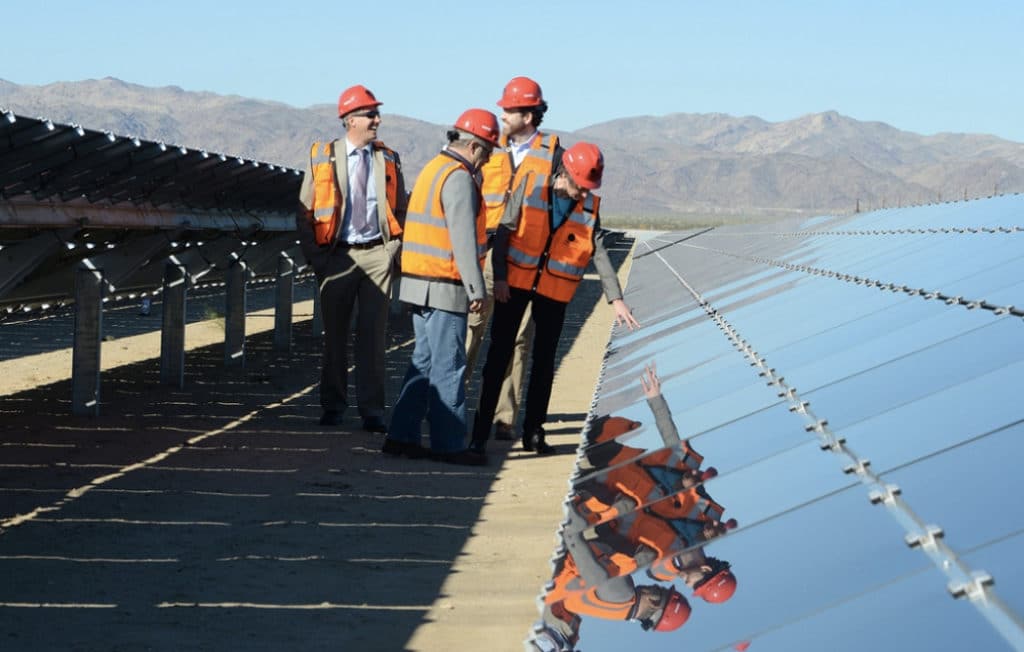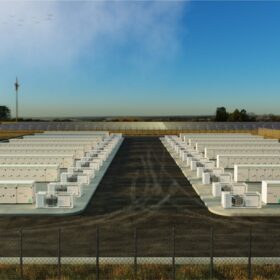As we move into 2017, pv magazine USA would like to take this opportunity to look back on 2016. This was a truly bipolar year for the U.S. solar industry, full of dizzying heights and crushing lows. This year more than any before it calls for the metaphor of the “solar coaster”.
Even though final data is not yet in, 2016 was clearly boom time for U.S. solar. While the market has grown every year in the 21st century, by the time final numbers are published the volume of the U.S. market is expected to have nearly doubled from just over 7 GW in 2015 to 13-14 GW in 2016.
Long-term planning to get solar projects online before the anticipated decline of the Investment Tax Credit (which was extended at the end of 2015) is behind much of this. However, the role of new market drivers including voluntary corporate and utility procurement and developer use of the Public Utilities Regulatory Policies Act (PURPA) should not be underestimated.
But despite these positive top-line metrics, in 2016 the U.S. solar industry faced a series of crises. In April the world’s largest renewable energy developer, SunEdison, went belly-up, leaving a financial mess at its two yieldcos and gigawatts of assets to be snatched up for pennies on the dollar. SunEdison had been a leader in business model innovation, first with the power purchase agreement and then with the solar yieldco, and the fall of this giant shook investor confidence, wreaking havoc on solar stocks as private investment in solar hit three-year lows.
Second, driven by a policy-driven boom and collapse of installations in China, PV module prices plummeted in the second half of the year, causing great pain to manufacturers. And while SolarWorld is notably hard hit by this new round of price pressures, such impacts are being felt across manufacturing as large sections of the solar value chain become unprofitable.
A potentially worse omen for the solar industry and renewable energy in general (if not the entire nation) came in November with the surprise election of reality TV star and climate denier Donald Trump. Not only does Trump promise to usher in a new era of post-factual politics, but he is already staffing federal agencies including the Department of Energy and the Environmental Protection Agency with the worst people imaginable for renewable energy and the climate.
But as we’ve explained before, the good news here is that the most important policies for the solar industry are implemented at the state level, and that solar is increasingly able to compete on its own merits with limited support.
Here a closer look at the U.S. market bears examining. In the most recent quarter for which we have reliable data, the largest solar markets after California were Utah, Texas and Georgia – states with weak or no renewable energy mandates, but ample sun. In Utah the use of PURPA is a clear factor and Texas is still building out projects under contracts signed by municipal utilities, but in Georgia Republican state regulators have pushed Georgia Power to procure more solar due to multiple benefits including cost advantages.
And this is perhaps the least appreciated trend for the U.S. solar industry in 2017. After an initial build-out in states with strong renewable energy mandates including California, New Jersey and Massachusetts, solar is coming to sun-drenched “red” states in a big way.
This is almost exclusively large utility-scale solar. For rooftop solar, the landscape looks very different, and much more complicated. Even after admitting that the “cost-shift” is a myth, Nevada regulators have still not completely overturned the 2015 ruling that made Southern Nevada a dead zone for solar installers.
Meanwhile Arizona, whose latest crop of regulators were bought and paid for by utility Arizona Public Service, is moving full speed ahead with changes that will curtail that state’s distributed solar market.
But while these two states pursue policies to kill distributed solar, other states that were formerly off limits are opening up. In Florida a ballot initiative to remove onerous taxes on solar installations passed, while another Trojan Horse ballot attack on the state’s solar industry was stopped dead in its tracks. The result is that major solar installers including Vivint Solar and SolarCity have now moved into the Sunshine State, which at the end of the year also completed its first 50+ MW installations.
It bears noting that Florida, with a population of over 20 million and excellent solar resources, has enormous potential.
States are also upping their solar and renewable energy mandates. New York imposed a 50% by 2030 renewable portfolio standard, and Oregon followed suit with a 50% by 2040 mandate – two of the toughest mandates in the nation. Meanwhile Massachusetts’ Republican governor, Charlie Baker, built on former Governor Deval Patrick’s legacy and doubled the state’s solar goal to 3.2 GW under a new incentive program that is still in the works.
Such progress was not limited to coastal states. Illinois passed a bill to fix the state’s broken renewable energy mandate, and at the end of the year Ohio Governor Kasich (R) vetoed an effort to freeze his state’s renewable portfolio standard.
In their own show of optimism, shareholders of Tesla and SolarCity approved a merger of the two companies, with Elon Musk rolling out a new BIPV Solar Roof product very unlike past solar shingle efforts, and putting plans for the “Gigafactory” in upstate New York back on schedule. And as a further step to ensure that the factory gets completed and the product rolls out, Tesla has put its battery partner Panasonic in charge of PV cell and module production.
It’s nothing if not a bumpy ride. As we move into 2017, there are still many challenges that the solar industry faces, but also many reasons to look forward to the future.
The views and opinions expressed in this article are the author’s own, and do not necessarily reflect those held by pv magazine.
This content is protected by copyright and may not be reused. If you want to cooperate with us and would like to reuse some of our content, please contact: editors@pv-magazine.com.








By submitting this form you agree to pv magazine using your data for the purposes of publishing your comment.
Your personal data will only be disclosed or otherwise transmitted to third parties for the purposes of spam filtering or if this is necessary for technical maintenance of the website. Any other transfer to third parties will not take place unless this is justified on the basis of applicable data protection regulations or if pv magazine is legally obliged to do so.
You may revoke this consent at any time with effect for the future, in which case your personal data will be deleted immediately. Otherwise, your data will be deleted if pv magazine has processed your request or the purpose of data storage is fulfilled.
Further information on data privacy can be found in our Data Protection Policy.